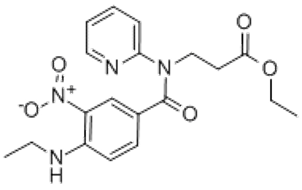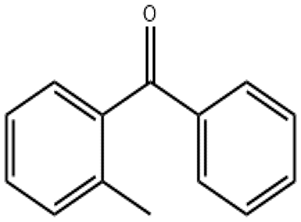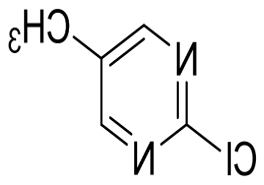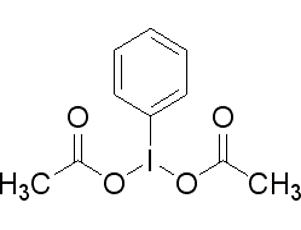tert-Butylamine(CAS#75-64-9)
| Risk Codes | R11 – Highly Flammable R20/22 – Harmful by inhalation and if swallowed. R35 – Causes severe burns R25 – Toxic if swallowed R20 – Harmful by inhalation R52/53 – Harmful to aquatic organisms, may cause long-term adverse effects in the aquatic environment. |
| Safety Description | S16 – Keep away from sources of ignition. S26 – In case of contact with eyes, rinse immediately with plenty of water and seek medical advice. S36/37/39 – Wear suitable protective clothing, gloves and eye/face protection. S45 – In case of accident or if you feel unwell, seek medical advice immediately (show the label whenever possible.) S28A - S61 – Avoid release to the environment. Refer to special instructions / safety data sheets. |
| UN IDs | UN 3286 3/PG 2 |
| WGK Germany | 1 |
| RTECS | EO3330000 |
| FLUKA BRAND F CODES | 2-10 |
| TSCA | Yes |
| HS Code | 29211980 |
| Hazard Class | 3 |
| Packing Group | II |
| Toxicity | LD50 orally in Rabbit: 80 mg/kg |
Introduction
Tert-butylamine (also known as methamphetamine) is an organic compound. The following is an introduction to the properties, uses, preparation methods and safety information of tert-butylamine:
Quality:
Tert-butylamine is a colorless liquid with a pungent odor. It is soluble in water and most organic solvents and has strong alkalinity.
Use:
Tert-butylamine is often used as an alkali catalyst and solvent in organic synthesis. It has a wide range of applications in the field of liquid scintillators and can be used to prepare scintillators for the detection of radiation.
Method:
The preparation of tert-butylamine can be obtained by the reaction of methylacetone and ammonia. First, methylacetone is reacted with ammonia at appropriate temperature and pressure to generate nucleophilic addition products, and then distilled and purified to obtain tert-butylamine.
Safety Information:
The following safety precautions should be taken when using tert-butylamine: Tert-butamine is irritating and may have an irritating effect on the eyes, skin and respiratory system. Protect it from contact with skin, eyes, and respiratory tract during use, and wear protective gloves, goggles, and masks if necessary. Contact with substances such as oxidants should be avoided to avoid dangerous reactions. Pay attention to fire and explosion prevention measures during storage and handling, and maintain a well-ventilated working environment.








